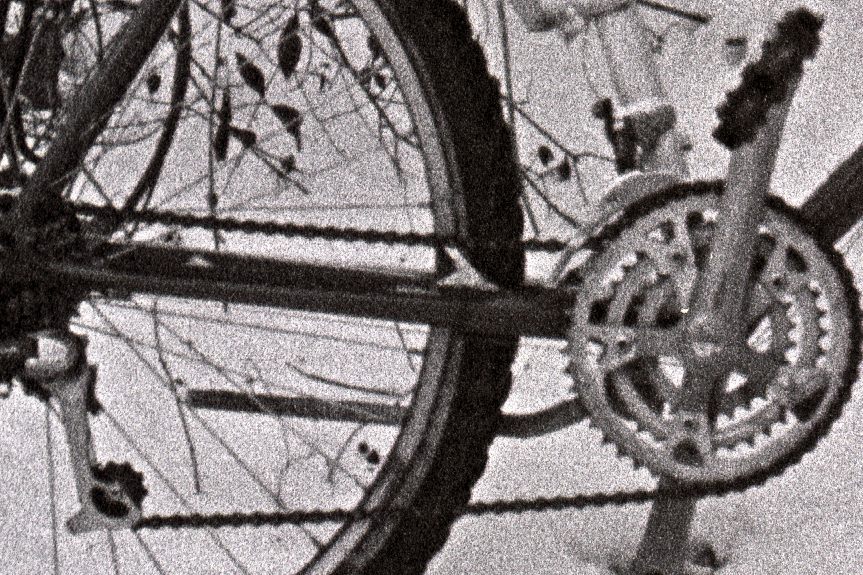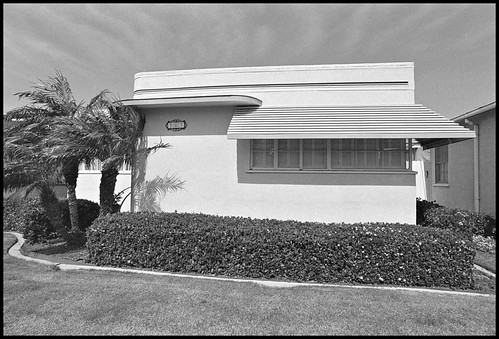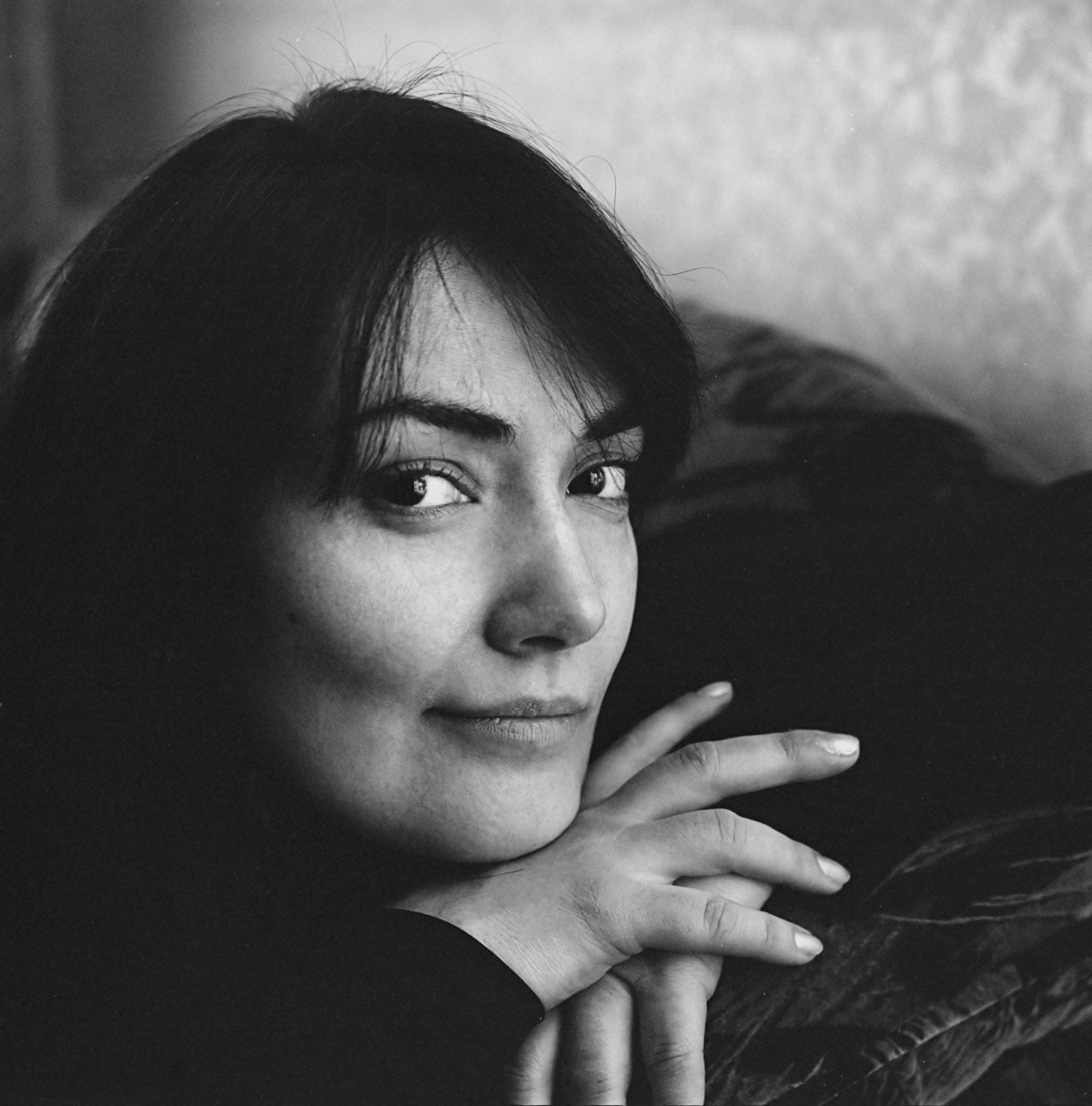Arjay
Time Traveller
I just developed my first two rolls of TRi-X 400 which I developed in Prescysol EF - a fine grain tanning and staining compensating developer.
While it seems that I didn't make any serious mistakes in the process, my scans using a Coolscan V ED show a film grain that is somewhat different from what I expected - it resembles that of a chromogenic (color technology) BW film like Kodak BW400 CN.
100% scale sample scan

Can you show me the grain structure you obtained on Tri-X 400 usiing other developers (pls state E.I value and if push or pull processing was used)?
Other than on developers, how is grain structure dependent on scanning technique and resolution?
While it seems that I didn't make any serious mistakes in the process, my scans using a Coolscan V ED show a film grain that is somewhat different from what I expected - it resembles that of a chromogenic (color technology) BW film like Kodak BW400 CN.
100% scale sample scan

Can you show me the grain structure you obtained on Tri-X 400 usiing other developers (pls state E.I value and if push or pull processing was used)?
Other than on developers, how is grain structure dependent on scanning technique and resolution?
Last edited:

















